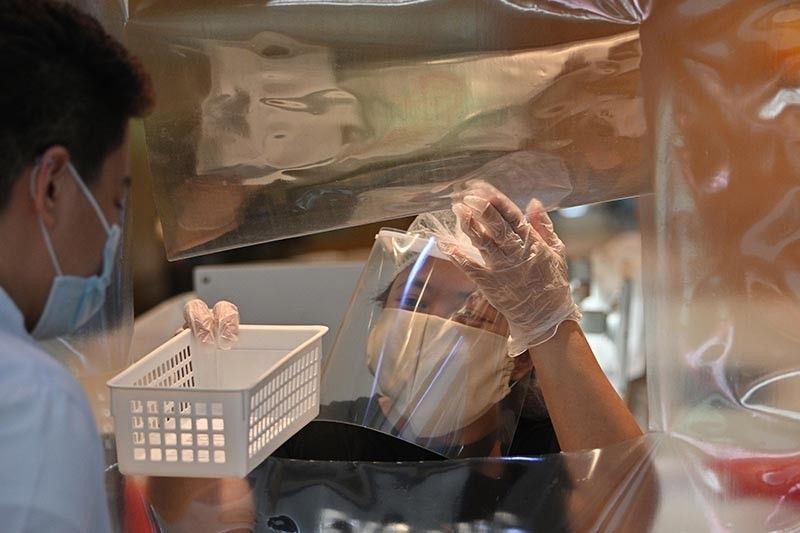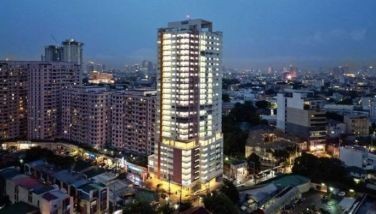Sans public transport, gov't eyes worker return to dine-in services

MANILA, Philippines — More employees are likely to troop back to work next week once President Rodrigo Duterte approves the resumption of dine-in services in areas under general community quarantine (GCQ), but how workers will get to work from home remains a problem.
Trade Secretary Ramon Lopez told CNN Philippines on Wednesday the suggestion to allow restaurants to cater to 30% of their usual customers was for “the interest of workers so they can get back to work.” The resumption will be gradual, meaning any additional capacity will have to be recommended anew by the interagency task force on emerging infectious diseases and decided by the Palace.
The decision, if made by June 15, is expected to usher more people out of their homes and while employers are required to provide shuttle service to their employees, experience from the June 1 reopening of Metro Manila showed transport options are just not enough.
The same would likely crumble with more workers trying to reach their destinations.
Sought for comment, the Department of Transportation (DOTr) maintained its hardline stance against allowing jeepneys to ply the roads, for now. “The government is implementing a gradual, calibrated, at in phases approach for the resumption of public transport,” said Vicky Apacible, the agency’s officer-in-charge for communications.
“It is following the hierarchy of public transport, wherein priority is given to vehicles with larger capacity and have can implement cashless transactions and social distancing,” she said in a Viber message.
As it stands, transport economist Jedd Ugay of Alt Mobility PH, a commuter advocacy group, said public transport is already severely lacking without people dining in yet. “If priority is public health, then public transport must be available and sufficient,” he said in a text message before the announcement on dine-in services were made.
No jeepneys
Following the DOTr’s rule, jeepneys, together with UV vans, are relegated to the second to the last priority in terms of vehicles permitted to carry passengers as soon as an area transitions to GCQ from a more restrictive enhanced community quarantine.
At the bottom of the list are tricycles which are only allowed to carry two passengers at a time. But across the National Capital Region, trikes have resumed operations, mostly because tricycles are regulated by localities, not the Land Transportation Franchising and Regulatory Board.
Without jeepneys, a massive gap in public transport has appeared even as the government scrambled buses to assist commuters. Companies are still encouraged to let their employees work from home, but once restaurants reopen to dining in customers, service personnel are inevitable.
“I think it’s the same problem for all firms. The employer can organize shuttle services for workers, but the problem, especially in Metro Manila, is our workers live in different parts of the city and it’s very difficult to fetch and bring them home,” said Paul Santos, chair of Philippine Retailers Association Inc., an industry group.
Transport data showed that as of June 10, DOTr has permitted 1,846 public utility buses, 271 point-to-point buses, 16,043 taxis and 18,813 ride-hailing services to ply their routes. Mass transit is also limited with the three main railways in Metro Manila running at a dismal 10-12% capacity, supposedly to observe social distancing.
No data is available as to how many passengers in total had been serviced by transport augmentation in the first 10 days of GCQ.
- Latest
- Trending
























